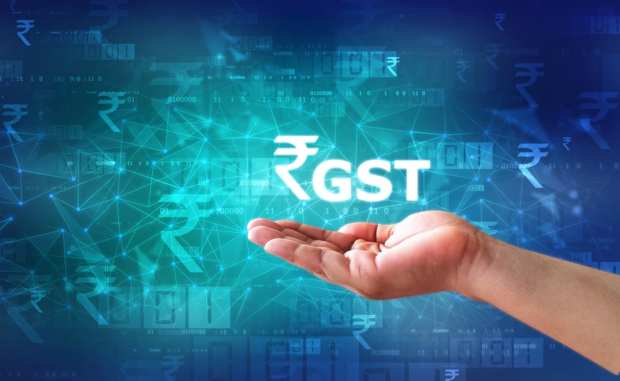What India’s Tax Reform Means For Trade Finance Fraud

India recently embarked on an electronic invoice mandate initiative, with the Central Board of Indirect Taxes and Custom (CBIC) introducing rules that require eInvoice adoption among corporates in an effort to curb goods and services tax (GST) evasion.
The country isn’t the first to turn to a digital invoice mandate as part of broader efforts to curb financial crime. But there are additional benefits to eInvoicing requirements and standardization beyond promoting tax compliance.
According to Sandeep Kakar, chief growth officer at India-based small business lending platform U GRO Capital, the mandate is promoting transparency in B2B trade, with significant implications for the supply chain financing space.
With the GST eInvoicing mandates, organizations are generating these digital documents straight from their enterprise resource planning (ERP) systems, reducing reliance on human intervention. These invoices are critical to providers of trade finance, which must analyze the bills in order to underwrite a loan.
But one of the largest benefits of an eInvoicing mandate, Kakar told PYMNTS in a recent interview, is its ability to address one of the largest pain points in supply chain financing today: fraud.
Trade Finance Loopholes
There are a variety of ways fraud can derail the supply chain finance process. Among the most common strategies, Kakar explained, is manipulation of invoice amounts, or the practice of suppliers submitting duplicate invoices — one to their local bank, and one to an international bank — to receive double financing on the same bill.
This threat to financiers is due to “an age-old system of paper transactions,” he said.
There are strategies lenders have deployed to combat this risk, however. Know Your Customer (KYC) checks are critical to combatting invoice fraud, while Kakar also pointed to the practice of lenders analyzing historical transaction data of borrowers and their corporate customers to assess whether or not the invoice being submitted for trade financing follows a typical pattern of trade for that borrower.
However, these processes are often manual and error-prone, and aren’t able to address the entire scope of supply chain finance fraud risks.
“The chances of fraud are less, but this does not eliminate the chances of inflation or duplication,” noted Kakar, adding that what the GST eInvoice mandates can lead to is organizations generating their compliant invoices straight from their enterprise resource planning (ERP) systems. That automation means minimal human intervention, and therefore less opportunity for someone to manipulate a document.
Technology Steps In
While electronic invoicing and automation can lower the supply chain finance fraud risk, Kakar also highlighted the opportunity for additional FinTech and emerging technologies to further safeguard financiers, while also opening up access to this valuable trade financing product for smaller businesses.
India’s eInvoice mandate and tax reform initiatives created the Goods and Services Tax Network (GSTN), a platform to support tax return filing and payments. The portal centralizes invoice details to further verify information for financiers in a much more automated and accurate way than verifying information on paper documents, said Kakar.
The nation’s tax reform has opened opportunities for enterprise technology providers to step in and promote compliance: EY and SAP, for example, announced last month the launch of a DigiGST tax compliance solution integrated into the SAP cloud platform to promote eInvoicing compliance. That ERP integration, as Kakar highlighted, also means less risk of document alterations for financiers.
For U GRO Capital, the eInvoice requirements open an opportunity to integrate into India’s tax network for automated document verification, with the company recently announcing its onboarding into the MonetaGo Invoice Fraud Prevention Network, a blockchain-powered platform to mitigate fraud risk.
Blockchain is also a promising technology in this arena to promote verified trade document data in a way that cannot be manipulated.
“The trends are very clear: people are looking at automation, simplification and scalability,” he noted.
For financiers, technology combatting invoice fraud is all about promoting transparency and mitigating risk. As a result, trade financing has become significantly more accessible to micro and small businesses across India, said Kakar, with lower risk yielding lower costs.
“When transparency is higher, financiers are looking at SMEs to finance their receivables,” he said, pointing to the tens of millions of micro enterprises across India, which accounts for massive contributions to manufacturing, exports and overall GDP.
“This is a very big, and very important segment which requires financing at a reasonable cost,” he continued. “Technology in supply chains will benefit these SMEs to raise money faster, and at a reasonable and attractive price as compared to the past.”
